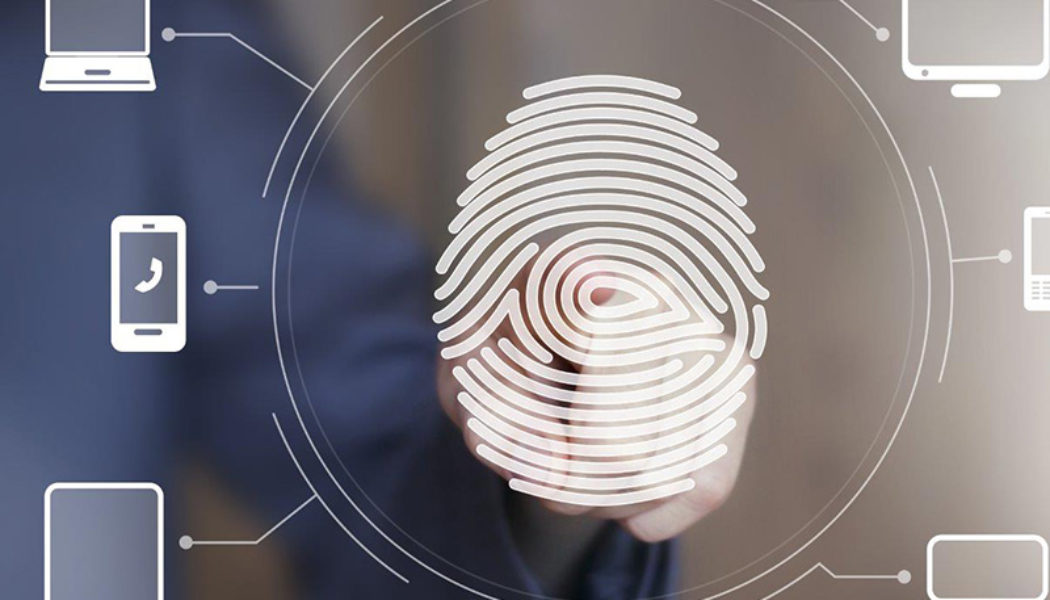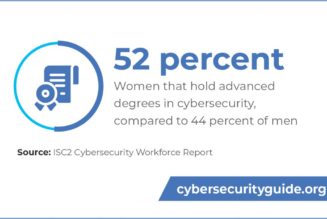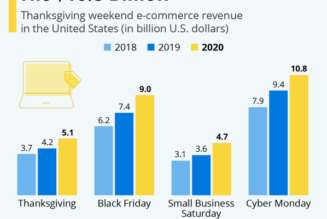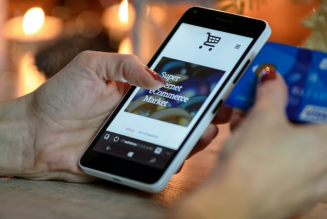The rapid pace of digital transformation in East Africa has had a significant impact on not only how people live their lives, but also on how communication and commerce are conducted, allowing the modern customer to do everything – immediately.
This has also had the unintended consequence of altering the way we are targeted by fraudsters and cybercriminals, notably changing the nature of cyber threats and attacks that we face in a mobile-first digital world.
The Price of Cybercrime
According to an Accenture report published in 2019, the total value at risk of cybercrime over the next five years is an estimated $5.2 trillion. The average cyberattack costs $13 million, according to the same report, with phishing, social engineering and stolen device crime making up $2.4 million of the cost of an average attack.
Statistics drawn from various reports show that the threat of cybercrime and insecurity is prevalent in the East African region. Uganda lost 42 million shillings to cybercrime in 2017, while in 2018, Rwanda lost six billion francs. In Kenya, between April and June 2019 alone, the country experienced 26.6 million cyber threats.
Additionally, in a mobile-first digital landscape such as the East African region, the proliferation of mobile devices and mobile Internet penetration has opened the door to mobile cybersecurity threats. Mobile users are at risk of threats such as SIM card swap, account takeover, “man-in-the-middle” and phishing attacks.
High Internet Penetration
As of December 2020, reports Statista, Kenya had an Internet penetration of approximately 85.2%. This high rate is mainly because Kenya is home to M-Pesa, a mobile wallet provider that offers a secure payment system that encourages Internet access.
Therefore, mobile authentication is becoming increasingly important in the overall East African market, not only as a means to effectively counter mobile cybersecurity threats, but to simultaneously enhance customer experience (CX) and increase engagement with brands.
Mobile authentication is the process of verifying a user’s identity through their mobile device. This verification can be done seamlessly, without interrupting the customer experience. In practice, this means that organisations can streamline processes while simultaneously protecting their business and their customers from cybercrime.
Mobile authentication services verify users’ identities through different means, including Silent Mobile Verification (SMV), Know Your Customer (KYC), SIM Swap Detection and Instant Form Filling.
The advent of smartphones has led to a steady rise in mobile shopping across East Africa, with recent data showing that consumers are becoming more comfortable with completing transactions on their phones. This is in no small part due to the increase in mobile security and customer trust.
Increasing User Trust and Safety
The advantages of proper mobile authentication are multiple, as it touches upon the entire customer journey. By creating a safe mobile environment, organisations can increase user trust and safety. Mobile verification continuously validates the customer’s identity throughout the customer journey. This increases user trust and safety by keeping their account protected.
Mobile authentication can also facilitate faster and more convenient onboarding. Silent verification can ensure customers are who they say they are during the onboarding process, and instant form filling speeds up the process.
Furthermore, mobile authentication can also lead to reduced cart abandonment, as instant form filling makes the shopping experience more streamlined and convenient.
At the same time, mobile authentication can ensure GDPR compliance, as authentication services are based on a user-centric approach, ensuring that neither companies nor mobile network operators learn anything new about the end-user, apart from the information they already hold.
Mobile authentication services help to keep customers protected while improving user experience and increasing engagement.
Mobile authentication protects user information by providing a strong authentication layer consisting of three real-time identification and authorisation services. These are used to safeguard online transactions for user-facing applications and mobile websites, resulting in an improved and more secure user experience.
Edited by Luis Monzon
Follow Luis Monzon on Twitter
Follow IT News Africa on Twitter











